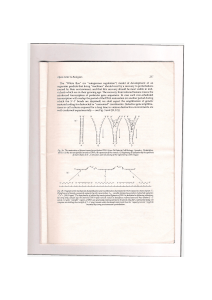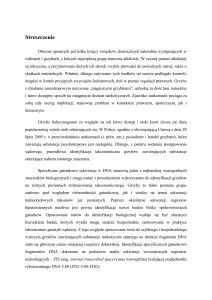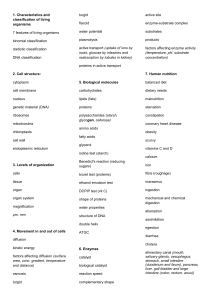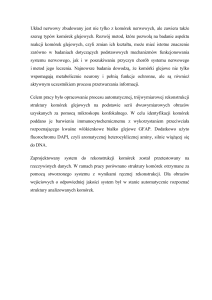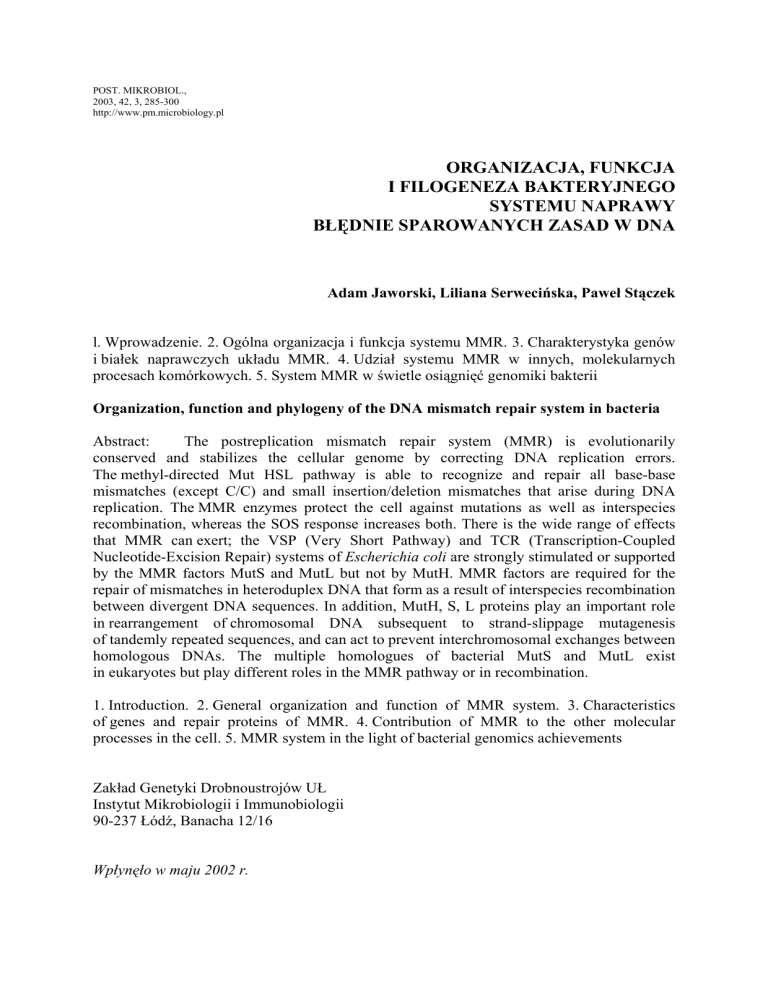
POST. MIKROBIOL.,
2003, 42, 3, 285-300
http://www.pm.microbiology.pl
ORGANIZACJA, FUNKCJA
I FILOGENEZA BAKTERYJNEGO
SYSTEMU NAPRAWY
BŁĘDNIE SPAROWANYCH ZASAD W DNA
Adam Jaworski, Liliana Serwecińska, Paweł Stączek
l. Wprowadzenie. 2. Ogólna organizacja i funkcja systemu MMR. 3. Charakterystyka genów
i białek naprawczych układu MMR. 4. Udział systemu MMR w innych, molekularnych
procesach komórkowych. 5. System MMR w świetle osiągnięć genomiki bakterii
Organization, function and phylogeny of the DNA mismatch repair system in bacteria
Abstract:
The postreplication mismatch repair system (MMR) is evolutionarily
conserved and stabilizes the cellular genome by correcting DNA replication errors.
The methyl-directed Mut HSL pathway is able to recognize and repair all base-base
mismatches (except C/C) and small insertion/deletion mismatches that arise during DNA
replication. The MMR enzymes protect the cell against mutations as well as interspecies
recombination, whereas the SOS response increases both. There is the wide range of effects
that MMR can exert; the VSP (Very Short Pathway) and TCR (Transcription-Coupled
Nucleotide-Excision Repair) systems of Escherichia coli are strongly stimulated or supported
by the MMR factors MutS and MutL but not by MutH. MMR factors are required for the
repair of mismatches in heteroduplex DNA that form as a result of interspecies recombination
between divergent DNA sequences. In addition, MutH, S, L proteins play an important role
in rearrangement of chromosomal DNA subsequent to strand-slippage mutagenesis
of tandemly repeated sequences, and can act to prevent interchromosomal exchanges between
homologous DNAs. The multiple homologues of bacterial MutS and MutL exist
in eukaryotes but play different roles in the MMR pathway or in recombination.
1. Introduction. 2. General organization and function of MMR system. 3. Characteristics
of genes and repair proteins of MMR. 4. Contribution of MMR to the other molecular
processes in the cell. 5. MMR system in the light of bacterial genomics achievements
Zakład Genetyki Drobnoustrojów UŁ
Instytut Mikrobiologii i Immunobiologii
90-237 Łódź, Banacha 12/16
Wpłynęło w maju 2002 r.

